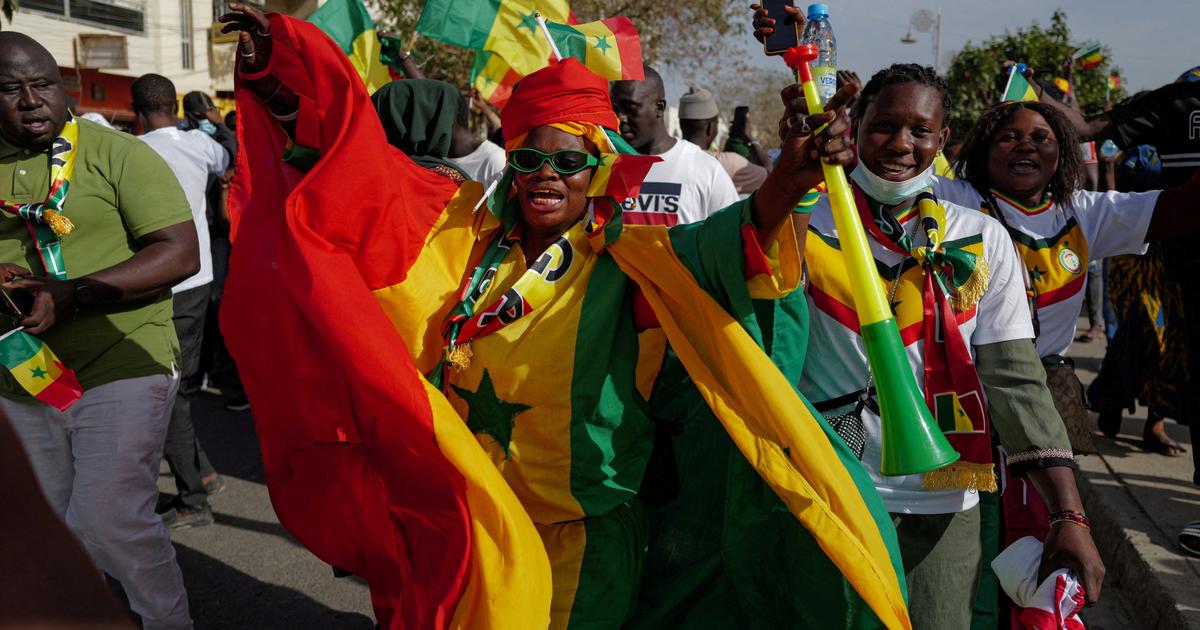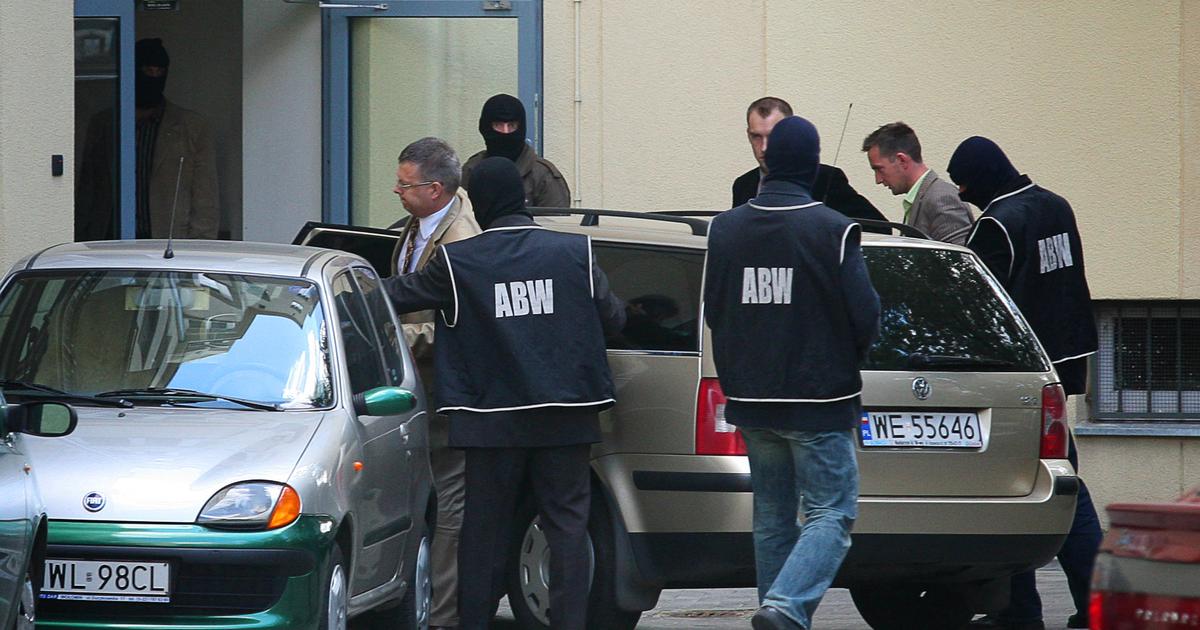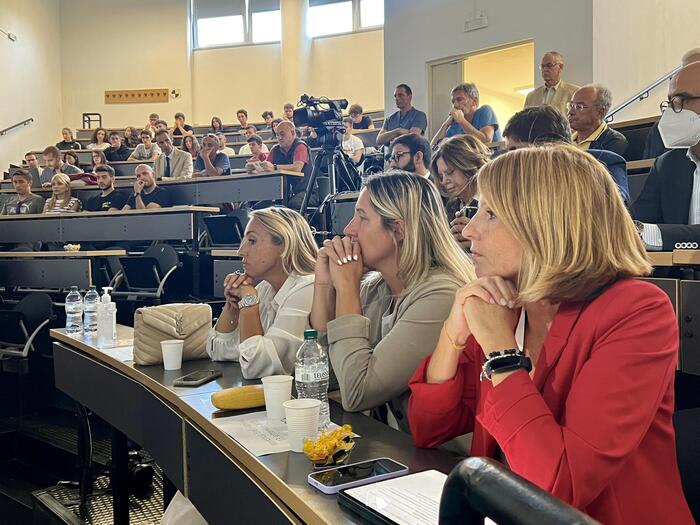The concepts have been around for 170 years and the EU has existed since 1993.
What you should know about the European Union.
An association of European states has existed since the 1950s and has now developed into the European Union.
This alliance of now 27 member states officially bears this name since 1993 and has developed from a purely economic union into a political organization that pursues common goals, values and rights.
The European Union is the largest trading network in the world and also has the highest share of industrial exports in the world.
For over 100 other countries, the EU is the largest and most important import market.
Free trade between the individual member states was already an important goal when the EU was founded, which was achieved in 1993 through the internal market.
The EU also provides humanitarian aid in the event of disasters, both through human fault and nature, and provides assistance in crisis situations on average to 120 million people a year.
The EU and its individual member states provide the largest share of financial resources for humanitarian aid worldwide.
In addition, the EU is committed to diplomacy, democracy, the rule of law and fundamental freedoms and pursues international goals of stability, security and prosperity in the individual countries.
European Union: History - From Inception to Today
The first forerunners of today's European Union were founded after the First World War.
However, they were not very successful and only after the Second World War there were serious efforts to unite individual states in Europe into an alliance with "European integration".
At that time, the economic sectors relevant to the military were networked with one another, which should counteract another war between the former European opponents and be a step towards lasting reconciliation and political rapprochement.
Since politics was already in the early stages of the Cold War between the Western powers and the countries of the Eastern Bloc, the merger to form a European alliance should also serve the security of the individual member states.
As early as 1948, France, Great Britain and the Benelux countries of Belgium, the Netherlands and Luxembourg joined forces with the Brussels Pact to form the Western Union, and in 1951/52 the European Coal and Steel Community, often called Montaunion, was founded in Paris.
Through this European trade association, all member states were able to import coal and steel duty-free.
In 1954/55 the Paris Treaties followed, which also included the German Treaty between the occupying powers France, Great Britain and the USA and the Federal Republic of Germany, in which the FRG was given back partial sovereignty.
The subsequent Treaties of Rome were signed by Belgium, the Federal Republic of Germany, France, Italy, Luxembourg and the Netherlands in 1957 and came into force in 1958.
They included treaties for the establishment of the European Economic Community, for the establishment of the European Atomic Weapons Community and the agreement on common institutions within this European alliance.
At the same time, an agreement was drawn up on the European Parliament, the European Court of Justice and the European Economic and Social Committee.
At that time, the economic and nuclear communities formed the European Communities with the European Coal and Steel Community.
The 1965 Merger Treaty, which was signed in Brussels and entered into force in 1967, created a council for these three communities, as well as the European Commission.
In 1986/87 the Single European Act was signed, which ended a long-standing reform debate about the powers of the individual institutions and the areas of competence of the Community, as well as the creation of an internal market.
The Reform Treaty was the basis for the later Treaties of Maastricht, Amsterdam, Nice and Lisbon, but it still did not create a union.
Nevertheless, the now twelve member states Belgium, Germany, France, Ireland, Luxembourg, the Netherlands, Portugal, Spain and the United Kingdom continued to pursue the goal of a European Union.
The Maastricht Treaty is also known as the Treaty on European Union.
It was signed by the European Council in the Netherlands on February 7, 1992, and since its entry into force in 1993, the European Union has formed the overarching association for the previously founded European Communities, common foreign and security policy goals and cooperation in the areas of domestic policy and justice.
The Treaty of Rome was superseded by the Maastricht Treaty.
With the Amsterdam Treaty of 1997/99, the Maastricht Treaty was reformed.
The changes were intended to ensure that the EU could continue to function after the accession of the Eastern Bloc countries to the EU.
In 2003 the Treaty of Nice came into force, which reformed the Treaty on European Union again and, for example, introduced the effectiveness of qualified majorities instead of unanimity in votes on resolutions.
The Lisbon Treaty came into force in 2009 and is an international treaty of the 27 member states of the EU.
The most important changes included the legal merger of the European Union and the European Community, the resolution for greater participation of the national parliaments, the introduction of the European Citizens' Initiative, the creation of the office of President of the European Council, the establishment of a European External Action Service and the first-time regulation of an exit from the EU.
European Union: The EU represents and pursues these goals and values
The main task of the European Union has been the promotion of peace, European values and the well-being of the citizens in Europe, especially in the member states of the EU, since it was founded.
As stated on the official website, the EU pursues the goals of freedom, security and the rule of law of the individual member states and has sometimes also abolished internal borders between the individual countries for this purpose, so that EU citizens can move freely in all 27 EU states.
In addition, the EU pursues the goal of transnational economic growth and price stability and wants to stimulate the market economy in the EU countries through sustainable and environmentally friendly development and social progress.
In this context, scientific and technological progress should also be promoted.
In addition, the connection between the 27 EU countries is intended to curb social injustice and discrimination and to strengthen social solidarity and cohesion beyond national borders, while each language and culture in the various countries should continue to be respected and preserved.
In order to cohesion and simplify trade, the EU also introduced the common economic and monetary union, and since 2002 EU citizens have been paying in the common currency, the euro.
The objectives of the European Union also include, with great importance, respect for European values with which every member state must conform and which must be respected in the country.
First and foremost, inclusion, tolerance, solidarity, non-discrimination and the rule of law should be a matter of course in EU countries.
European values also include the law, protected by the EU Charter of Fundamental Rights, that human dignity is inviolable.
The Charter also states that EU citizens have the freedom to work and live in any country in the EU.
They also enjoy personal freedom in the areas of religion, freedom of thought, freedom of assembly, freedom of expression, freedom of information and respect for private life.
In the individual EU states, citizens can democratically elect their governments and run for political office in their country of origin as well as in the country in which they live.
In the EU countries, the equality of all citizens must prevail before the law, as well as the equality of men and women in all areas.
The principle of equal wages for men and women was actually laid down in a contract in the EU as early as 1957, but has not yet been fully implemented in all countries.
In addition, all EU countries have the rule of law, which means that they must be democratic and have an independent judiciary.
A particularly important issue for the EU is human rights, which are protected by the Charter of Fundamental Rights of the European Union and which must remain untouched by all Member States.
EU citizens therefore have the right to non-discrimination and must not be disadvantaged on the basis of their gender, race, ethnic origin, religion, disability, age, sexual orientation or worldview.
They also have a right of access to justice and the protection of their personal data.
In 2012, the EU was awarded the Nobel Peace Prize for its work for peace, reconciliation, democracy and human rights in Europe.
European Union: These institutions operate in the EU
The European Union is the superordinate association for several communities and institutions that act in various areas for compliance with and implementation of EU goals and values.
Since the beginning of the EU in 1952, the individual institutions have largely remained the same.
The EU is a federal system, so it has various organs that function as executive, legislative and judicial (executive, legislative and judicial).
The European Commission assumes the executive role of the EU government, which implements EU policy.
The legislature consists of the European Parliament as a chamber of citizens, i.e. it is directly elected by the EU citizens, and the Council of the European Union as a chamber of states, which is composed of 27 specialist ministers from the 27 member states.
The judiciary is the Court of Justice of the European Union, which ensures compliance with and compliance with the interpretation of European laws.
The European Court of Justice can also make decisions in the event of disagreements between individual EU states or bodies, companies or private individuals.
Other institutions of the European Union are the European Council, which is composed of the heads of state and government of the 27 member states as well as the President of the European Commission and the President of the European Council, who chairs the so-called “summits”.
The European Council sets the political direction for the EU, makes proposals and sets goals and priorities.
The European Court of Auditors controls the income and expenditure as well as the correct application of the EU's finances and the European Central Bank ensures the stability of the financial system.
Together with the national central banks of the member states, it forms the European system of central banks and determines the currency policy.
It also controls the money supply of the euro and thus ensures price stability in the euro zone.
European Union: Members and Development since Inception
Originally the European Union was an economic association, but over the years it has also developed into a political union.
When it was founded after the Second World War, the aim was simply to avoid another war through economic networking, which is why the founding members Belgium, the Federal Republic of Germany, France, Italy, Luxembourg and the Netherlands founded the European Economic Community in 1958.
Since then, 22 more countries have been added and the organization, which has been called the European Union since 1993, has now become a political association that pursues common goals for climate change, environmental protection and health, as well as external relations and security, justice and migration.
The euro has existed in 19 EU countries since 2002 and EU citizens can move freely within the European Union.
At times, 28 countries belonged to the EU; since Brexit in 2020/21, the number of member states has fallen back to 27.
As of 2021, in addition to the founding members, the following countries are members of the European Union: Denmark and Ireland (since 1973), Greece (since 1981), Portugal and Spain (since 1986), Finland, Austria and Sweden (since 1995), Estonia, Latvia, Lithuania, Malta, Poland, Slovakia, Slovenia, the Czech Republic, Hungary and Cyprus (since 2004), Bulgaria and Romania (since 2007) and Croatia (since 2013).






/cloudfront-eu-central-1.images.arcpublishing.com/prisa/D6BPFYE4B5FMJAMYWLMWT3HYGQ.jpg)





/cloudfront-eu-central-1.images.arcpublishing.com/prisa/KMEYMJKESBAZBE4MRBAM4TGHIQ.jpg)


